Return To Play
Reconditioning & Therapeutics
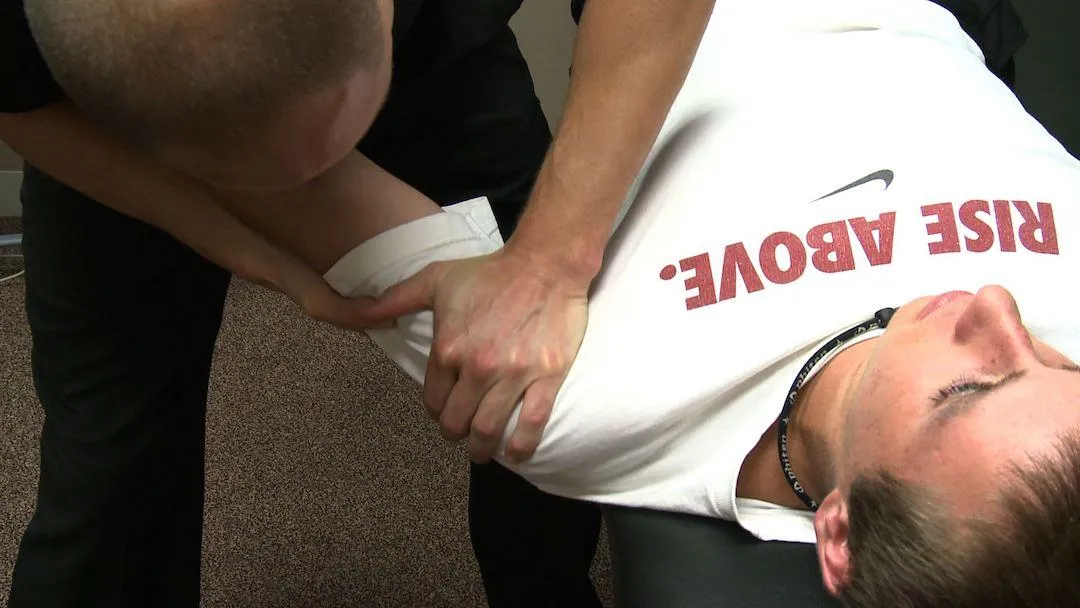
Personalizing Your Short and Long Term Therapy Strategies Focused At Getting You Back In The Game
Welcome to the ultimate comeback zone!
I get it. I've been there. Playing sports throws obstacles your way. But what's the point of a game if you don't respawn and come back stronger, right? I'm here to give you that extra life, that power-up you've been looking for. Whether you've got an injury that put you on the sideline, or you're facing a long-term physical challenge, I've got your back.
My mission? To be your go-to doc for top-notch return-to-play therapies and keeping you at the peak of your game. I'm not here to throw fancy stuff your way – I'm all about rolling up my sleeves and helping you get back to your full potential. Whether you've got an injury that feels like a plot twist you didn't see coming or a nagging joint issue that's been cramping your skill I'm ready to team up and accelerate your return.
I've got the tools and the know-how to craft a treatment plan that's as unique as you. No generic strategies here – we're all about personalizing your comeback journey. So, if you're itching to return to your sport or activity, stronger and better than ever, let's dive in and explore the ultimate game plan..
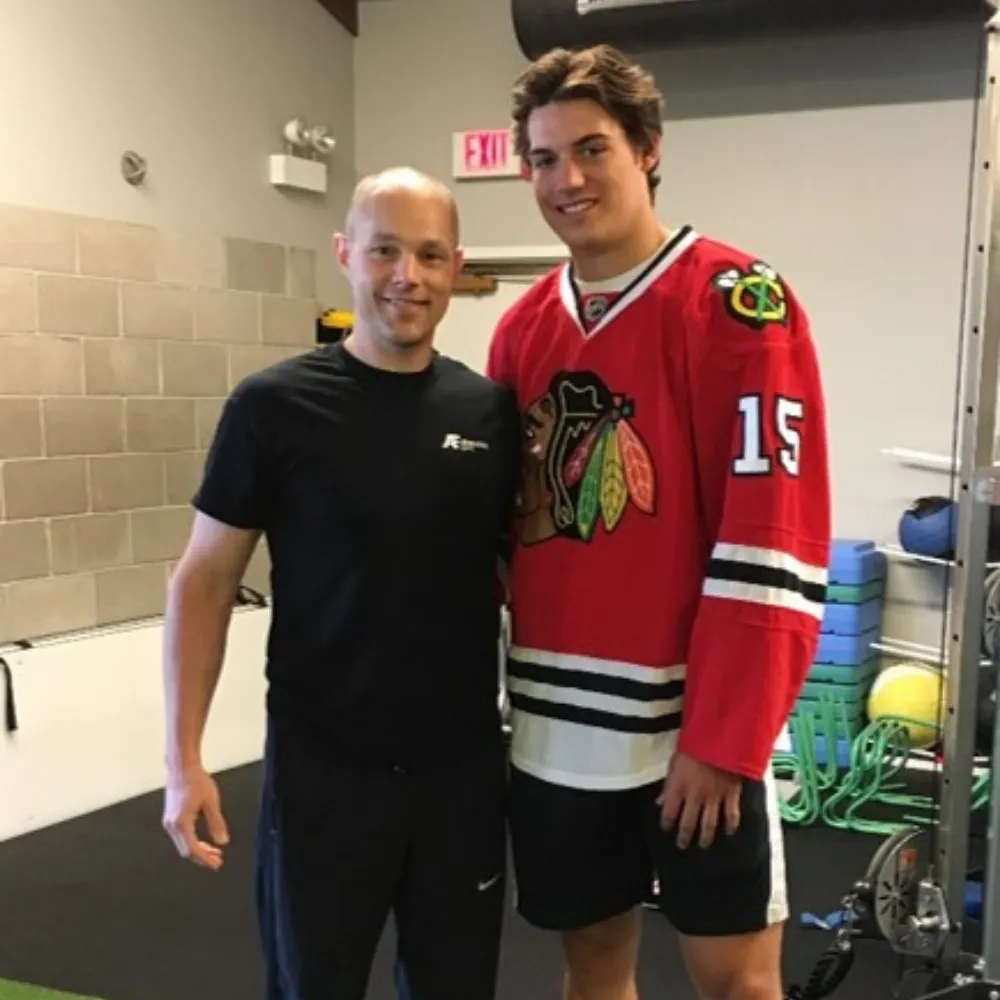

I get it. I've been there. Playing sports throws obstacles your way. But what's the point of a game if you don't respawn and come back stronger, right? I'm here to give you that extra life, that power-up you've been looking for. Whether you've got an injury that put you on the sideline, or you're facing a long-term physical challenge, I've got your back.
My mission? To be your go-to doc for top-notch return-to-play therapies and keeping you at the peak of your game. I'm not here to throw fancy stuff your way – I'm all about rolling up my sleeves and helping you get back to your full potential. Whether you've got an injury that feels like a plot twist you didn't see coming or a nagging joint issue that's been cramping your skill I'm ready to team up and accelerate your return.
I've got the tools and the know-how to craft a treatment plan that's as unique as you. No generic strategies here – we're all about personalizing your comeback journey. So, if you're itching to return to your sport or activity, stronger and better than ever, let's dive in and explore the ultimate game plan..
Turbocharge Your Return-To-Play
Through the RPA Training platform, I've crafted a comprehensive "Return to Play" program designed to get you back in action or help you stay in the game. This program is all about rapid, safe, and effective recovery, tailored to your unique needs. Here's what you can expect:
1. Initial Evaluation: The Game Plan
Health History: Understanding your health history helps us get the full picture of your unique needs.
Personal Goals: We'll discuss your personal athletic and wellness goals to align our strategy with what matters most to you.
Assessment: We kick things off by thoroughly assessing your condition, taking into account your injury, joint issues, muscle problems, or any long-term physical challenges.
2. Customized Treatment Strategies: Your Playbook
Tailored Approach: Based on the evaluation, we'll develop a personalized treatment plan that's as unique as you are. Think of it as your own playbook for success.
Cutting-Edge Therapies: We utilize the latest advancements in sports medicine, including physical therapy, cutting-edge exercises, and manual techniques to expedite your recovery.
Nutrition Optimization: Nutrition plays a pivotal role in your journey. We'll provide recommendations to fuel your body for success.
Injury Prevention: We'll work on enhancing your strength and flexibility to prevent future injuries, helping you stay in the game for the long run.
3. Self-Care Recommendations: Your At-Home Game
Exercise Regimen: You'll receive a tailored exercise routine to accelerate your recovery at home.
Recovery Techniques: We'll teach you self-care techniques like stretching and foam rolling to keep your body in top shape.
Nutrition Guidance: I will provide nutrition tips to support your healing and performance goals.
Mind-Body Connection: We'll explore mental techniques to help you stay focused and motivated during your recovery.
4. Ongoing Monitoring: Staying in the Game
Regular Check-Ins: I won't leave you hanging. I'll have regular follow-up appointments to track your progress and adjust your plan as needed.
Performance Enhancement: As you recover, I'll help you elevate your performance and reach new heights.
Injury Prevention Education: Knowledge is power. I'll educate you on how to prevent future injuries and maintain your peak performance.
5. Your Victory Lap: Return to Play
Safe Return: I'll make sure you're fully prepared to return to your sport or activity, with confidence in your strength and health.
Celebrate Success: Your success is our success. I'll celebrate your achievements with you.
My "Return to Play" program isn't just about recovery; it's about helping you become the best version of yourself. I'm your partner in your journey to peak performance and wellness. So, are you ready to take the first step towards your comeback story? Click below and let's get started! 🏃🏆💪
The evolution of TODAY’S youth athletes is leaving them ideal candidates for overuse injuries, which are debilitating, painful, and can potentially be lifelong.
As the years go by, it is becoming more and more evident how unsuitable our present industry is for the appropriate care of athletes. A tremendous amount of athletes are performing high-level activities even though they may have unknown structural imbalances or they may be inefficient in their fundamental movements. These individuals create poor movement patterns, train around pre-existing problems, or simply do not train their weaknesses during their strength and conditioning programs. This can drastically distort body mechanics and performance, setting the athlete up for chronic, non-contact injuries and premature breakdown.
Specialized therapy for sports injuries and chronic physical ailments.
My sports medicine platform possesses the tools and expertise that provide the most customized and individualized treatment program available. Whether it be an injury, joint, tendon or muscle problem, or long-term physical challenge, I focus on providing the care needed to restore and enhance the level you need to be at.

My sports medicine system utilizes a very specific and selective set of therapeutic modalities to deliver a superior and effective treatment compared to conventional therapies. My exact treatment protocol is determined upon evaluation and assessment of the individual presenting condition. I work to instill as much functional activity with the patient as possible. My therapy platform includes:
Functional Evaluation and Diagnosis
We utilize an exclusive selection of orthopaedic, physical, and functional evaluation tools to identify biomechanical irregularities, gross and segmental movement restrictions, and muscle imbalances.
Selective therapies
Every patient has unique findings, faults, and attributes to their health challenges which yield an individualized and customized treatment program.
custom treatment
Customized treatment plans utilize a system of targeted therapies including chiropractic, exercise therapy, nutritional strategies, functional movement, and/or performance training to recover your injury and optimize performance.
Enhance Healing and Performance Potential!
Dr. Bletzinger uses Low Level Laser Therapy (LLLT). LLLT is a non-invasive, painless alternative treatment modality that helps eliminate acute and chronic pain and swelling in joints, muscles, tendons, cartilage, and ligaments in support of rehabilitation.
Effects include: pain relief, injury healing, and inflammation control.
LLLT FACTS:
Pain free and non-invasive
Non-toxic
No side effects
Virtually no contraindications
Non-thermal
Over 3000 clinical studies published worldwide
FDA clearance
How Laser Therapy Works/Effects:
Repairs and regenerates cells
Promotes wound healing
Relieves muscle pain and intensity
Reduces inflammation
Improves blood circulation
Enhances metabolic processes
Stimulates defense system
Activates muscle stability (Motor Lock-In)
What athlete has any other goal that a long healthy career?
Every athlete dreams of a long and successful sports career without injuries slowing them down. But to make this dream a reality, it's important to understand how rest, training, and the right kind of exercise play a big role in keeping you in top shape. It's not just about how hard you train, but also about knowing your body's limits and making sure you don't push too hard all at once. More importantly, spotting bad habits, injury patterns, and muscle weaknesses early on can save a lot of trouble later.
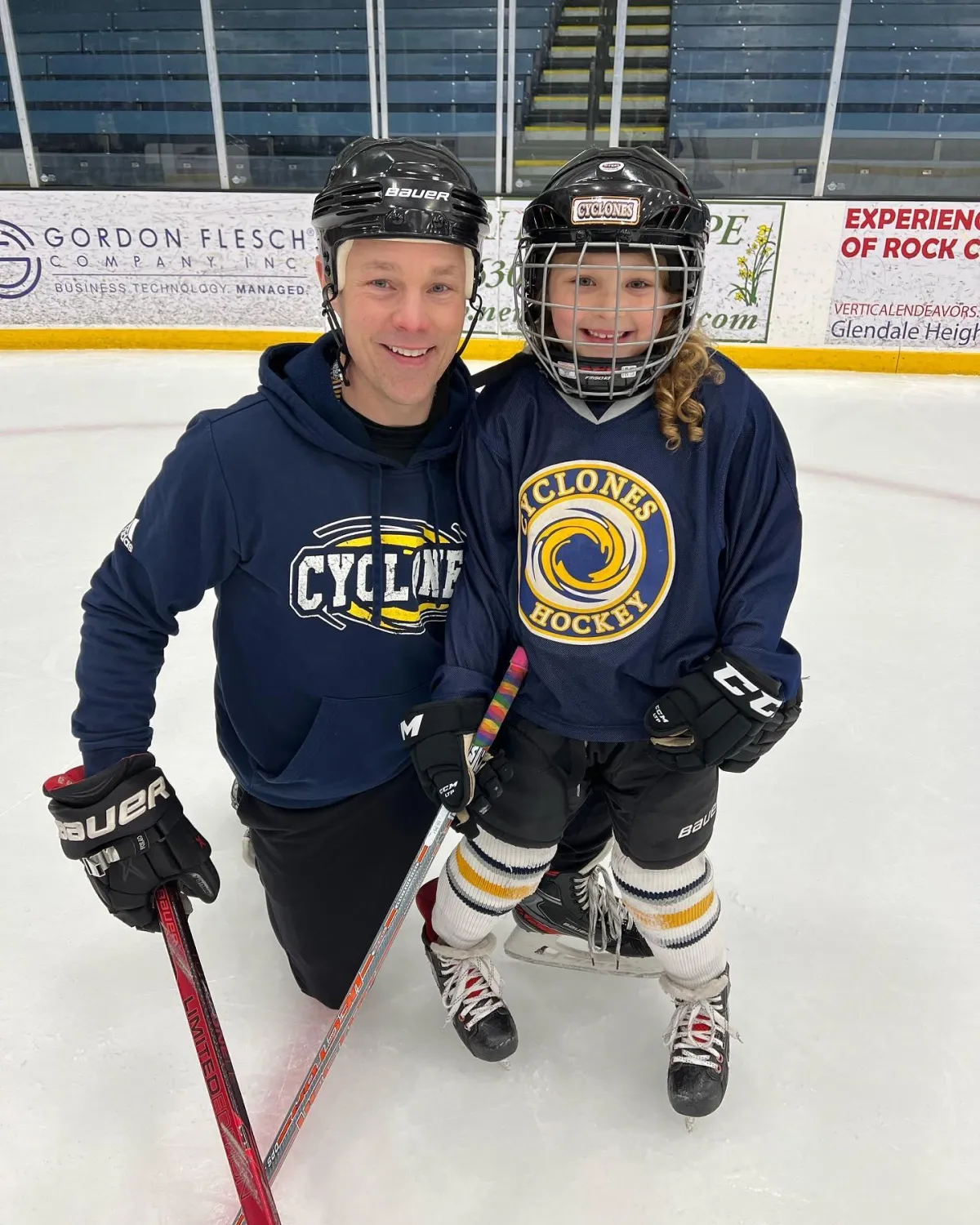
Proactive Care: A New Paradigm in Sports Medicine
Most of the time, athletes think about seeing a sports doctor only after they get hurt. This kind of thinking misses out on a big opportunity to prevent injuries before they even happen. Athletes need more than just quick fixes when something feels wrong; they need a game plan that keeps them strong and healthy all the time, not just when they're injured. Embracing Structural Management and Functional Movement principles offers a tailored approach, ensuring athletes receive the proactive care they deserve.
A Game Plan for Athletic Longevity:
Preseason Biomechanical Assessment: Initiate with a thorough evaluation of an athlete's biomechanics, identifying any deviations or weaknesses, and providing corrective strategies to enhance performance and mitigate injury risks. get a check-up that looks at how you move and find any small issues that could turn into big problems later. Then, start working on fixing those issues right away.
Start Fixing Right Away: Implement these strategies without delay, focusing on strengthening and correcting identified imbalances from the outset. Don't wait until you're hurting to start making changes. Begin with the recommended fixes to keep your body moving right.
Preventive, Not Reactive: Shift the paradigm from symptom-driven reactions to a preventive stance, aiming for biomechanical optimization as the cornerstone of athletic care. Waiting until you're in pain to do something about it isn't the best plan. The goal should be to make your body move as well as possible, and then keep it that way for life.
Addressing the Root, Not Just the Symptoms
The prevalence of sports injuries can often be traced back to underlying structural imbalances and biomechanical restrictions. These limitations not only impair efficient movement but also compromise motor learning and body awareness, leading to compensatory behaviors that mask these deficiencies. Unfortunately, the current sports medicine narrative has done a disservice to athletes, focusing narrowly on symptomatic treatment post-injury and neglecting the broader spectrum of preventive care.
A lot of sports injuries happen because of problems with how our bodies are built or move, which can actually be spotted and fixed before anyone gets hurt. Sometimes, athletes don't even realize they're moving in ways that could hurt them because they've gotten used to it. But just because you can't feel it now doesn't mean it won't cause problems later.
Redefining Sports Medicine: Four Fundamental Shifts
Proactive Intervention: Transition from a post-injury intervention model to a preventive care framework.
Holistic Examination: Look beyond the injury site to understand and address the biomechanical and structural underpinnings.
Beyond Symptom Relief: Set goals that extend past alleviating symptoms to include achieving and maintaining optimal biomechanical function..
Autonomy Over Care: Empower athletes to make informed decisions about their care, independent of insurance constraints.
The Path Forward
For athletes to truly thrive, a paradigm shift is essential. We must prioritize early intervention, comprehensive care strategies, and a commitment to addressing the unique structural and functional needs of each athlete. By adopting a forward-thinking approach to sports medicine, we can ensure athletes not only recover from injuries but also elevate their performance, setting a new standard for athletic care. Let's not wait for injuries to dictate our actions. Instead, let's invest in the health and future of our athletes today, ensuring they have the support and resources to achieve their full potential.
Athletes need care that looks at the big picture, not just quick fixes. This means getting ahead of injuries by understanding how to move better and keep our bodies strong. We need to start thinking differently and taking action now to stay healthy and improve our game. And if you do get hurt, the first person you call shouldn't just be any doctor, but someone who really understands athletes and what they need to get back in the game.
Enhance Healing and Performance Potential!
Dr. Bletzinger uses Low Level Laser Therapy (LLLT). LLLT is a non-invasive, painless alternative treatment modality that helps eliminate acute and chronic pain and swelling in joints, muscles, tendons, cartilage, and ligaments in support of rehabilitation.
Effects include: pain relief, injury healing, and inflammation control.
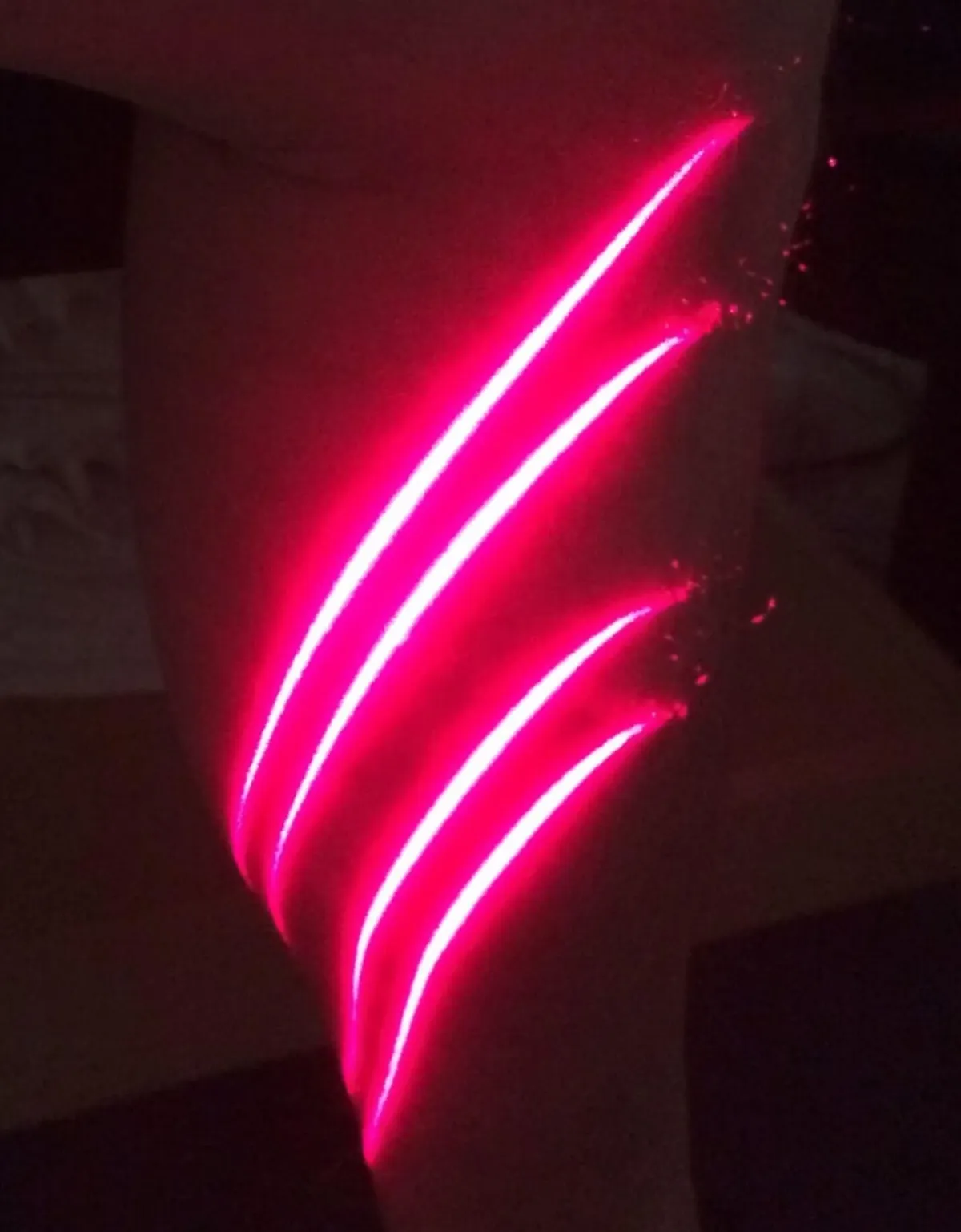
LLLT FACTS:
Pain free and non-invasive
Non-toxic
No side effects
Virtually no contraindications
Non-thermal
Over 3000 clinical studies published worldwide
FDA clearance
How Laser Therapy Works/Effects:
Repairs and regenerates cells
Promotes wound healing
Relieves muscle pain and intensity
Reduces inflammation
Improves blood circulation
Enhances metabolic processes
Stimulates defense system
Activates muscle stability (Motor Lock-In)
What athlete has any other goal that a long healthy career?
Every athlete dreams of a long and successful sports career without injuries slowing them down. But to make this dream a reality, it's important to understand how rest, training, and the right kind of exercise play a big role in keeping you in top shape. It's not just about how hard you train, but also about knowing your body's limits and making sure you don't push too hard all at once. More importantly, spotting bad habits, injury patterns, and muscle weaknesses early on can save a lot of trouble later.

Proactive Care: A New Paradigm in Sports Medicine
Most of the time, athletes think about seeing a sports doctor only after they get hurt. This kind of thinking misses out on a big opportunity to prevent injuries before they even happen. Athletes need more than just quick fixes when something feels wrong; they need a game plan that keeps them strong and healthy all the time, not just when they're injured. Embracing Structural Management and Functional Movement principles offers a tailored approach, ensuring athletes receive the proactive care they deserve.
A Game Plan for Athletic Longevity:
Preseason Biomechanical Assessment: Initiate with a thorough evaluation of an athlete's biomechanics, identifying any deviations or weaknesses, and providing corrective strategies to enhance performance and mitigate injury risks. get a check-up that looks at how you move and find any small issues that could turn into big problems later. Then, start working on fixing those issues right away.
Start Fixing Right Away: Implement these strategies without delay, focusing on strengthening and correcting identified imbalances from the outset. Don't wait until you're hurting to start making changes. Begin with the recommended fixes to keep your body moving right.
Preventive, Not Reactive: Shift the paradigm from symptom-driven reactions to a preventive stance, aiming for biomechanical optimization as the cornerstone of athletic care. Waiting until you're in pain to do something about it isn't the best plan. The goal should be to make your body move as well as possible, and then keep it that way for life.
Addressing the Root, Not Just the Symptoms
The prevalence of sports injuries can often be traced back to underlying structural imbalances and biomechanical restrictions. These limitations not only impair efficient movement but also compromise motor learning and body awareness, leading to compensatory behaviors that mask these deficiencies. Unfortunately, the current sports medicine narrative has done a disservice to athletes, focusing narrowly on symptomatic treatment post-injury and neglecting the broader spectrum of preventive care.
A lot of sports injuries happen because of problems with how our bodies are built or move, which can actually be spotted and fixed before anyone gets hurt. Sometimes, athletes don't even realize they're moving in ways that could hurt them because they've gotten used to it. But just because you can't feel it now doesn't mean it won't cause problems later.
Redefining Sports Medicine: Four Fundamental Shifts
Proactive Intervention: Transition from a post-injury intervention model to a preventive care framework.
Holistic Examination: Look beyond the injury site to understand and address the biomechanical and structural underpinnings.
Beyond Symptom Relief: Set goals that extend past alleviating symptoms to include achieving and maintaining optimal biomechanical function..
Autonomy Over Care: Empower athletes to make informed decisions about their care, independent of insurance constraints.
The Path Forward
For athletes to truly thrive, a paradigm shift is essential. We must prioritize early intervention, comprehensive care strategies, and a commitment to addressing the unique structural and functional needs of each athlete. By adopting a forward-thinking approach to sports medicine, we can ensure athletes not only recover from injuries but also elevate their performance, setting a new standard for athletic care. Let's not wait for injuries to dictate our actions. Instead, let's invest in the health and future of our athletes today, ensuring they have the support and resources to achieve their full potential.
Athletes need care that looks at the big picture, not just quick fixes. This means getting ahead of injuries by understanding how to move better and keep our bodies strong. We need to start thinking differently and taking action now to stay healthy and improve our game. And if you do get hurt, the first person you call shouldn't just be any doctor, but someone who really understands athletes and what they need to get back in the game.
Injury Specific Reconditioning
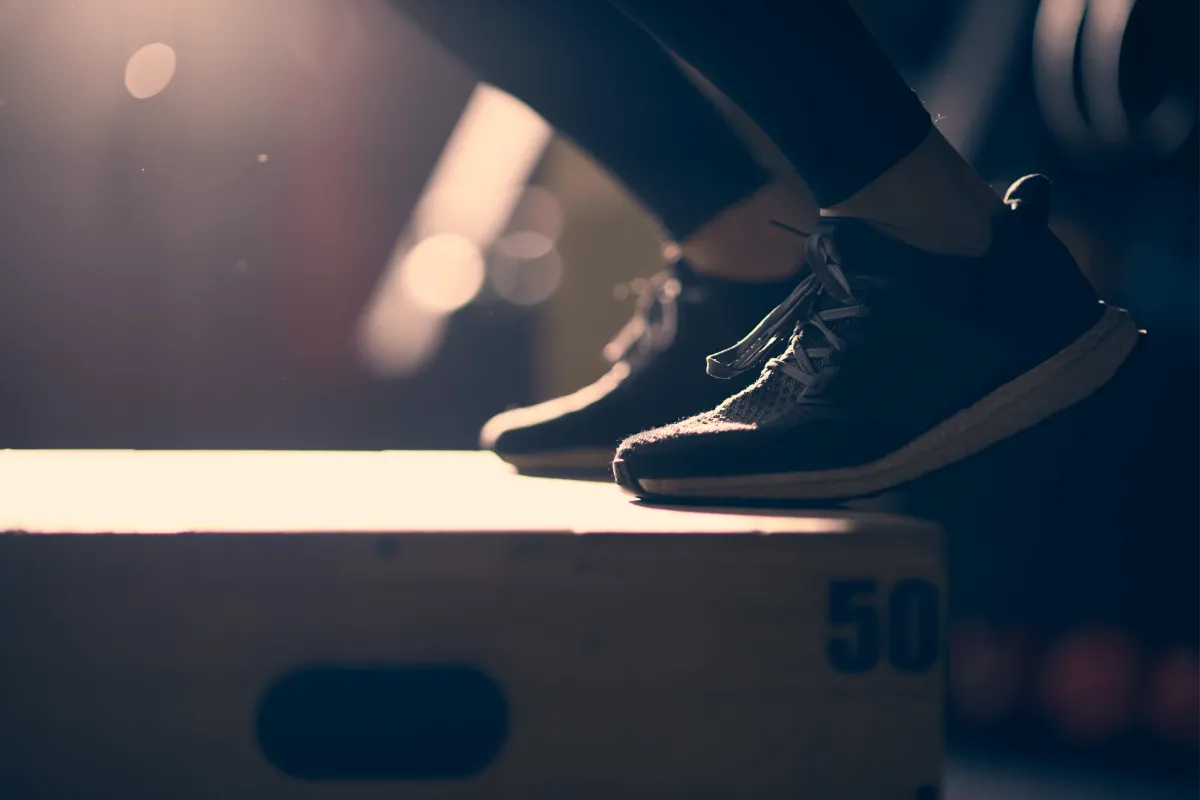
Full-Body Treatment
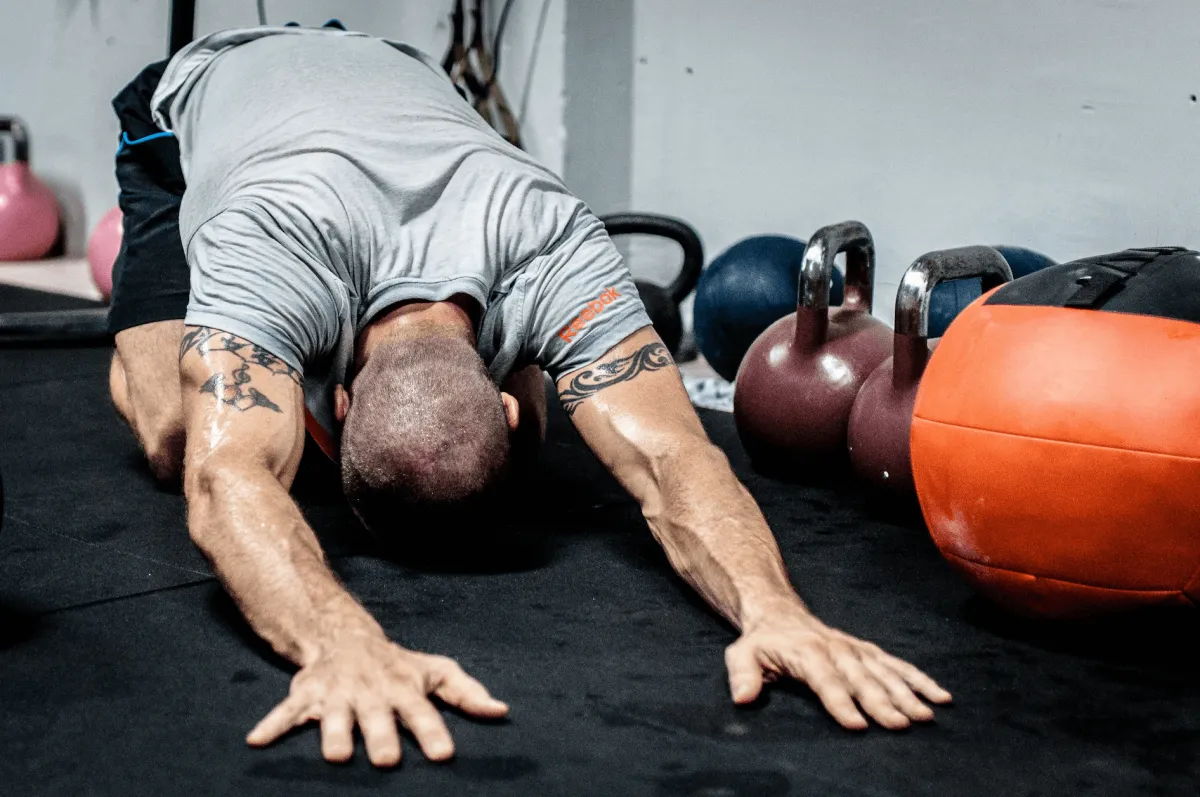
Sports Injury & Body Work
Initial Evaluation & Established Treatment
Physical evaluation and Functional Movement Screen to identify limitations and imbalances
Manual Therapies & Muscle Manipulation
Laser Therapy
Muscle Activation Techniques
Corrective Exercise Therapies
Treatment Plan Development
